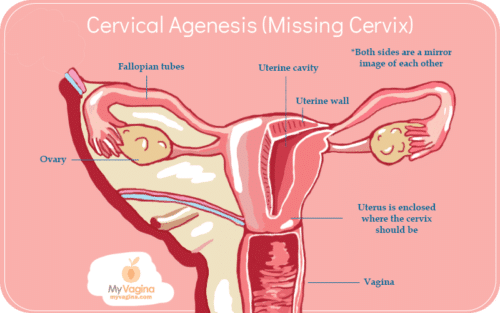The vulva and vagina through ages and changes
An overview of how your vulva and vagina changes throughout your life, from being a newborn to old age.
Vulvar eczema
Vulvar eczema is an immune system response that appears on the skin to an irritant or allergen internally or externally.
Vagina and penis are not dirty words: teaching kids about their bodies
Conservative approaches to naming body parts - including genitals - are having a negative impact on our kids.
How to react when you think your daughter may be questioning her sexuality
A guide for parents on how to kindly and lovingly support a child going through the perfectly normal step of questioning their sexuality.
Genital ulcers from non-sexually-transmissible viral sources
There are a few rarer causes of genital ulcers that can appear with flu-like symptoms, or by themselves, and appear to be related to viruses.
Pubic lice (crabs, pediculosis)
Pubic lice - crabs - are reasonably easy to treat using medication or natural treatments, but can be persistent and spread easily.
Congenital syphilis
Congenital syphilis is completely treatable, but untreated, can cause serious and permanent health problems.
Vaginal agenesis – absent vagina
Vaginal agenesis is the complete absence of a vaginal canal, caused by an interruption to normal development as a foetus. Reconstruction is a viable option in most cases.
Reasons you don’t have your period yet
If your period has never come, and you are older than 15, then you need to have some investigations done into why not.
Cervical agenesis
Cervical agenesis means the cervix - connecting the uterus and vagina - is absent, usually due to either surgical removal or an anatomical abnormality that occurred during development in the womb.
Cervical stenosis
Cervical stenosis is the narrowing - for whatever reason - of the cervix, the neck of tissue that joins the vagina and uterus. A narrow cervix can create a few issues with in-and-out flow between the uterus and the vagina, including sperm, periods and babies.
Swyer syndrome (XY gonadal dysgenesis, XY female)
Swyer syndrome means you are a chromosomal male (46, XY), but - aside from ovaries - the rest of you is 100% woman. This means you look and feel just like a woman, but your chromosomes say you are a man.
MRKH syndrome
MRKH syndrome is a congenital abnormality, whereby the uterus, top part of the vagina, and cervix do not exist or are very small. Ovaries are usually normal, since the ovaries run off a different system.
Vaginal methicillin-resistant Staphylococcus aureus (MRSA) infection
MRSA is an antibiotic-resistant form of Staph that can infect the vagina. It can be life-threatening.
Shigella vaginal infections
Shigella is a cause of vaginal infections and vulvovaginitis, particularly in children.
Vulvovaginitis caused by Haemophilus influenzae in children
H. influenzae is a common cause of vulvovaginitis in children, but it may not be easily detected by a GP or standard cultures.
Gynaecology in children and babies
We briefly overview the vulva and vagina from a developmental perspective - what to expect.
Differences of Sexual Development (DSD)
DSD is the multitude of in-between typical male and female presentation we see in human bodies. The variations range from typically female with every physiological twist and turn to typically male.
Complete, mild, or partial androgen insensitivity syndrome (CAIS, MAIS, PAIS)
Androgen insensitivity syndromes mean babies born as genetic males have an androgen receptor problem that means they develop, more or less, into females, including gender identity, body shape, and sexual identity.
Variations in genitalia
Variations in genitalia can be seen on a new baby that don't match either a typical boy or girl, requiring further investigations.
- 1
- 2




